Deforestation, habitat loss, fragmentation, poaching, human-elephant conflicts and the entertainment industry are all causing the number of wild elephants in Africa and Asia to rapidly decline. This article is intended to increase your knowledge and awareness of the ivory and tourism trades, to encourage you to travel responsibly.
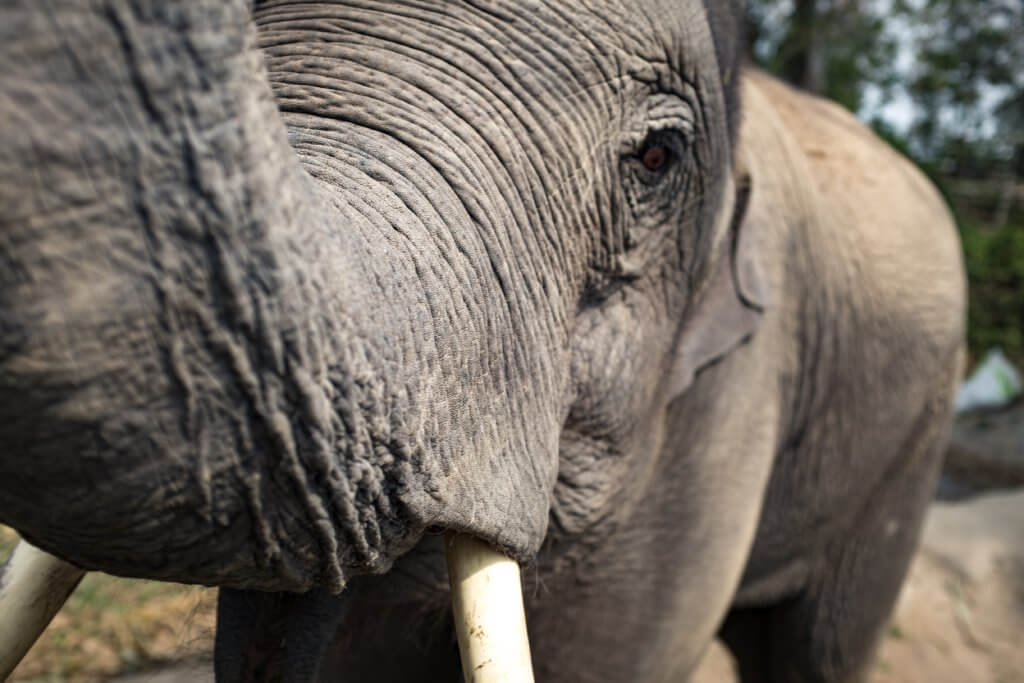
All elephants are organised into complex social structures of females and calves, with the most knowledgeable matriarch leading her group. Males tend to live in isolation. Elephants are never far from a fresh water source, as they must drink once a day. They eat enormous amounts of grass, tree bark, roots, and leaves. Unfortunately they often come into conflict with people in competition for resources.
Sadly elephants are being killed faster than they can reproduce. Their gestation period is 22 months, and they only reproduce every 4-5 years, since the infant is so dependent on it’s mother. No wonder they are declining so rapidly and unable to recover.
There are many species of elephants, more than you may have realised;
- African bush/savannah elephant – vulnerable
- African forest elephant – endangered
- Indian elephant – endangered
- Sri Lankan elephant – endangered
- Borneo elephant – critically endangered
- Sumatran elephant – critically endangered
African elephants
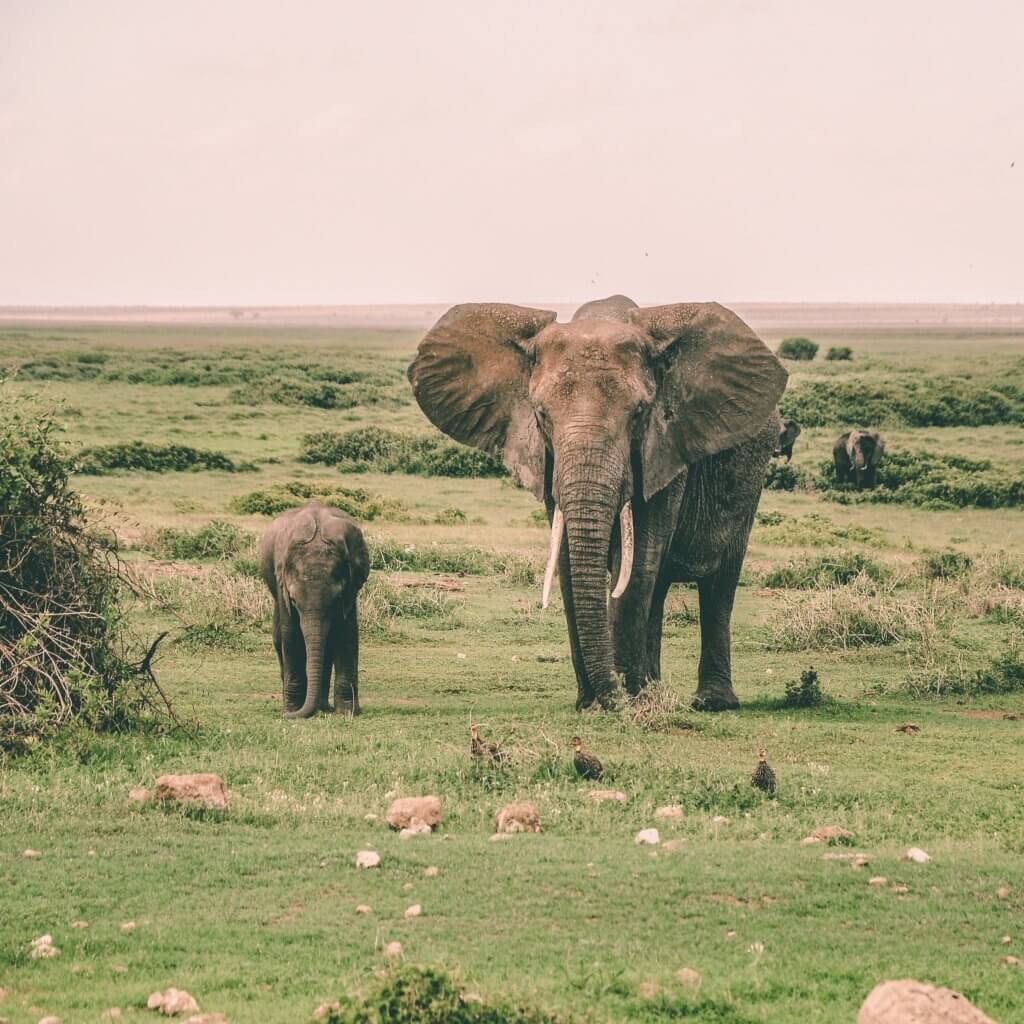
African elephants are actually the largest land animals on Earth. They have extremely large ears to radiate excess heat as well as longer trunks and bigger tusks than Asian elephants. Forest elephants have straighter downward facing tusks compared to the bush elephants who have tusks curving outward. African forest elephants have a slower birth rate so take a longer time to recover than the bush elephants.
The U.N says that up to 100 African elephants are being killed each and everyday for their tusks. Poaching elephants for their tusks is illegal but still occurring on a daily basis. Although the ivory trade was banned over 25 years ago, the demand for ivory is still extremely high. China, Vietnam, Thailand and the United States have the highest demand in the world. Thankfully China and the U.S. both agreed to “near-complete” ivory bans. The U.S.’s ivory ban went into effect in June 2016. China’s ban went into effect December 31, 2017. The UK have also announced their plans to introduce the worlds toughest ivory ban, which is yet to come into force.
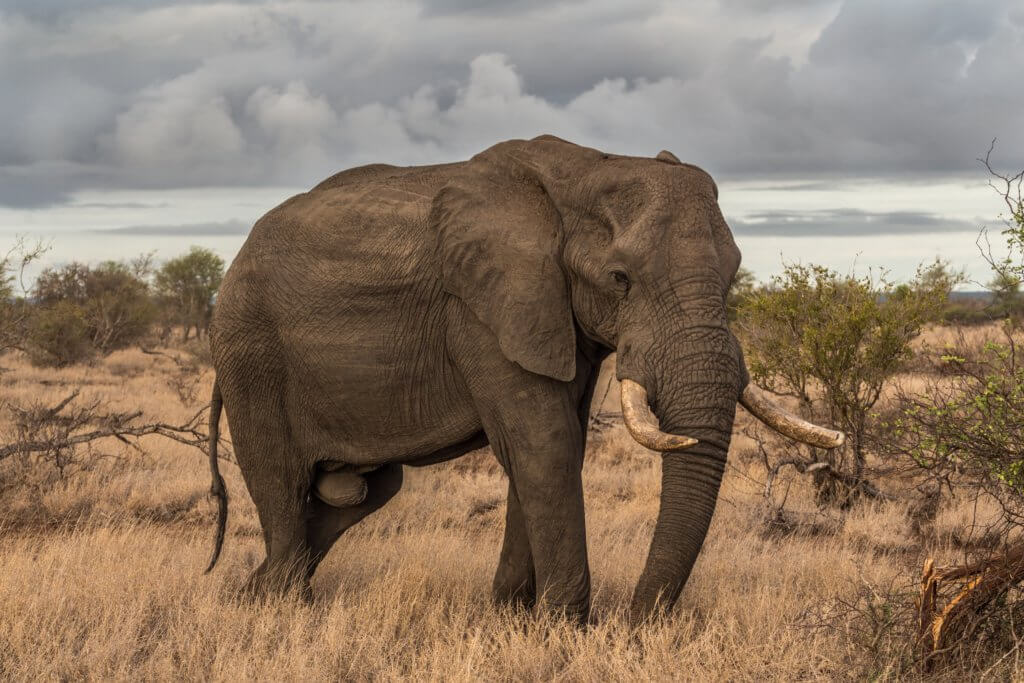
Behind each ivory trinket, carving, chopstick or ornament is a dead elephant. Elephants are shot, poisoned and often suffer horrifying, debilitating and agonising pain. Poachers follow the suffering animal until his/her death. The tusks are then hacked off, sold and traded illegally to the international market, where many countries pay high dollar for the ivory.
Asian elephants

Asian elephants are quite distinct compared to the African elephants. They have a twin-domed head, with an indent in the middle. Their ears are smaller than African elephants as they live in cooler habitats. Female Asian elephants actually lack tusks and only some males have tusks. They are then more likely subjected to the wildlife tourism trade rather than the ivory trade.
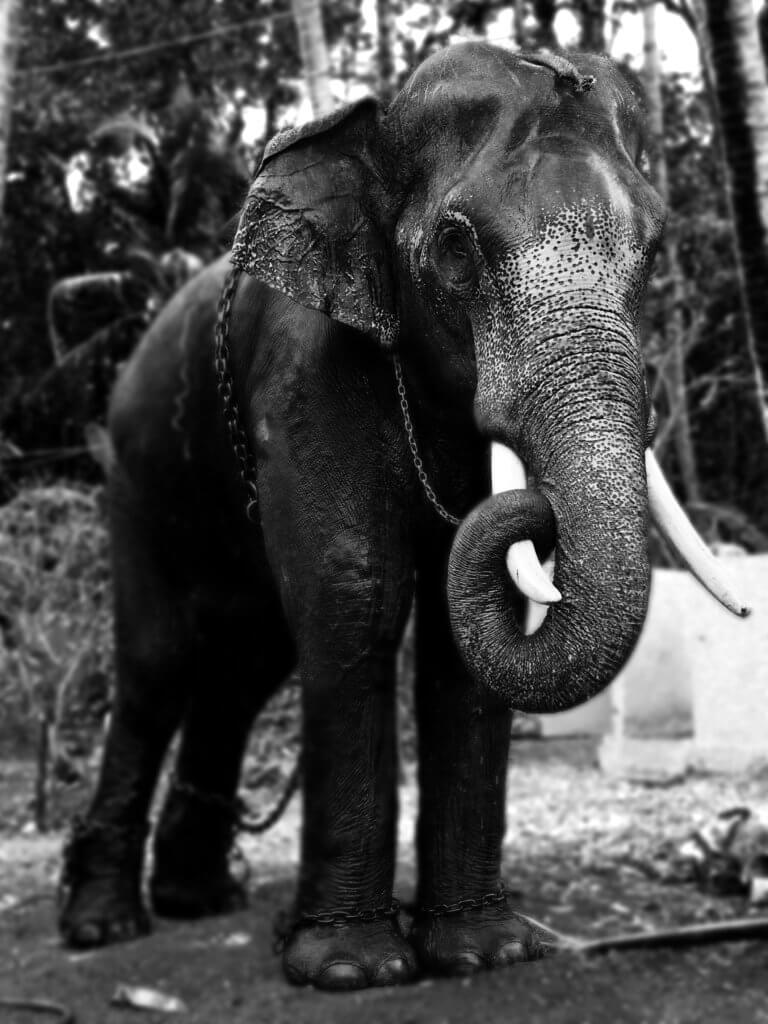
Poaching and habitat loss aside, elephants have been used for our entertainment or put to work for too long. Unsuspecting tourists are supporting elephants in different types of entertainment such as; riding elephants, supporting circuses and “pseudo-sanctuaries” who exploit the animals in their care for profit. Thankfully circuses are slowly beginning to phase out the use of elephants in their shows. There are many organisations working hard to end the suffering of the many exploited animals on the streets and in facilities.
What you can do to help
Before traveling to your chosen destination, do your RESEARCH and EDUCATE yourself! Avoid supporting unethical sanctuaries. You can find a lot of information online from websites to social media and travel guides. Ensure you support a sanctuary that is transparent in their mission.
Riding elephants seems to be on many people’s bucket list, but this practice is cruel and unethical. DO NOT ride elephants, this profitable practice MUST be avoided to ensure elephants are not kept captive and domesticated unnecessarily.
When you travel throughout Asia you may come across elephants working in entertainment for a profit. Do not be fooled, these elephants have been mistreated and are often sedated to avoid harm towards humans. You may see them walking the streets with their trainers, performing stunts, creating paintings or available for photo opportunities. This is not natural for elephants and many are stressed and/or shut down from the repeated abuse. Please, PLEASE AVOID purchasing items or giving your money towards these practices.
VOLUNTEER your valuable time with an ethical elephant sanctuary that takes in abused, neglected and exploited elephants. It is always best to spend several weeks to months volunteering rather than just a single day. This way you can be of greater support towards the sanctuary. Your donation will support not only the elephants, but the staff and the community too. The sanctuary should be working to raise public awareness, conserve the elephants native habitat and ensure the elephants in their care have a safe haven for the remainder of their lives, free from exploitation and abuse. They should not be boasting a breeding program.
If you would like to get involved
Raise awareness by sharing this article and other similar articles exposing the devastating impact the ivory trade, habitat loss and negative tourism has on these beautiful animals.
Consider volunteering your time or donating much needed funds to one or more of the following sanctuaries;
- The David Sheldricks Wildlife Trust, Kenya
- The Elephant Sanctuary, Tennesse
- Boon Lotts Elephant Sanctuary, Thailand
- Elephant Nature Park, Chang Mai Thailand
- Performing Animal Welfare Society (PAWS), California
Have you visited any elephant sanctuaries? Have you experienced first hand the negative effects tourism can cause for elephants?
Please leave a comment with any suggestions or recommendations – I would love to hear from you!
You can join my community on Instagram and Facebook to keep up to date with what I’m up to around the world! xx
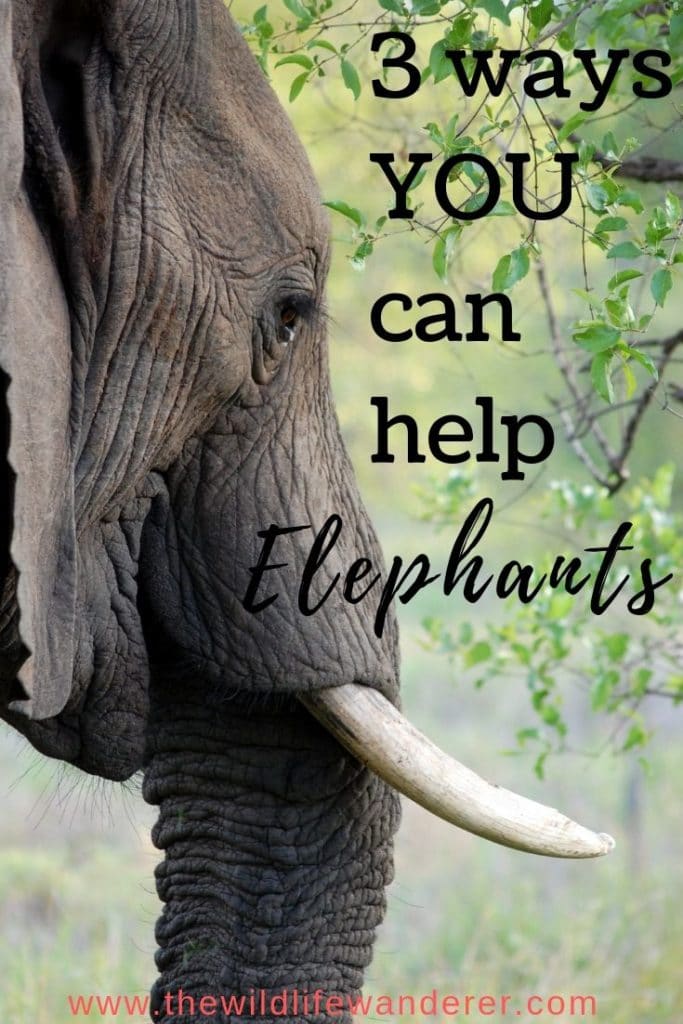
What you are doing is very inspiring. I always wanted to volunteer in wildlife sanctuary but I thought it was extremely rare to be accepted if you haven’t a strong knowledge about the animals. Thank you for sharing your experience.
Thank you Jennifer, for your beautiful comment. Some sanctuaries are more strict with their volunteer requirements, than others. It is worth doing that bit of research to find out which ones will accept you and your experience. Make sure they do have they animals best interest at the forefront of their mission. If you need any advice, please get in touch! Happy to help.